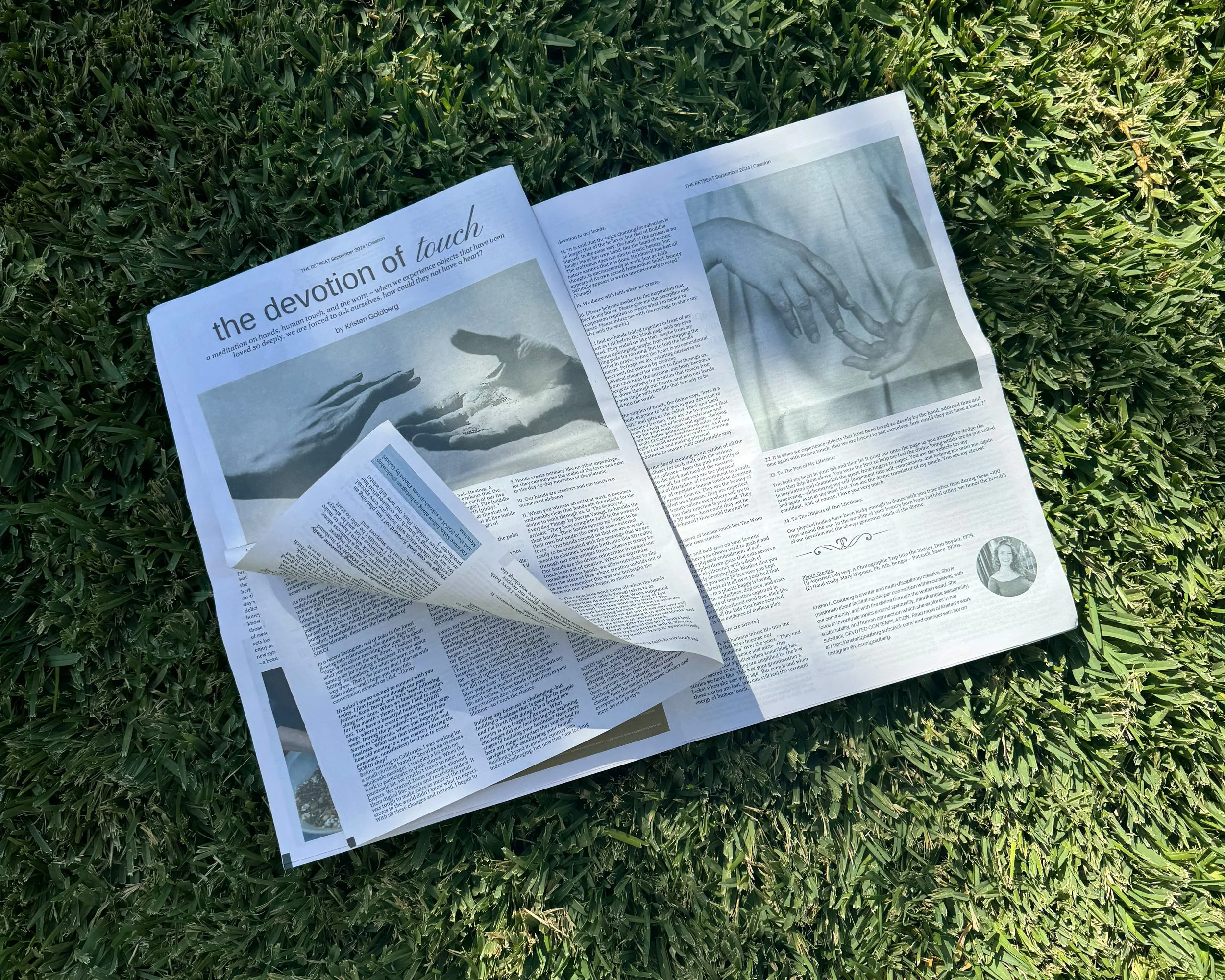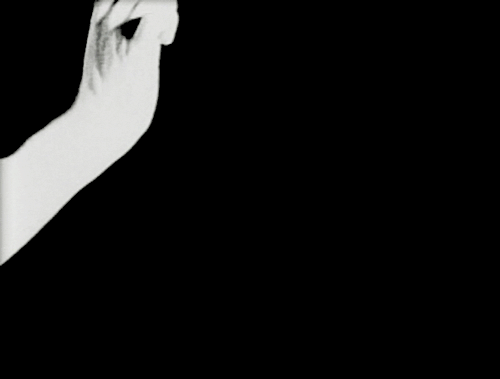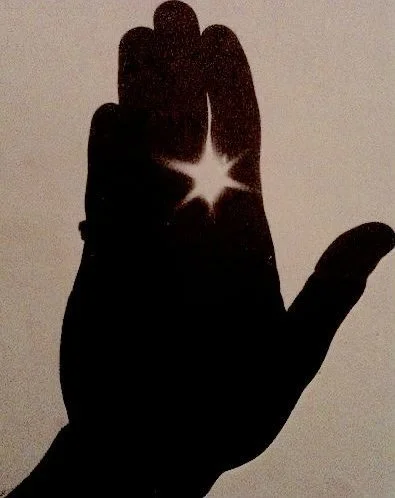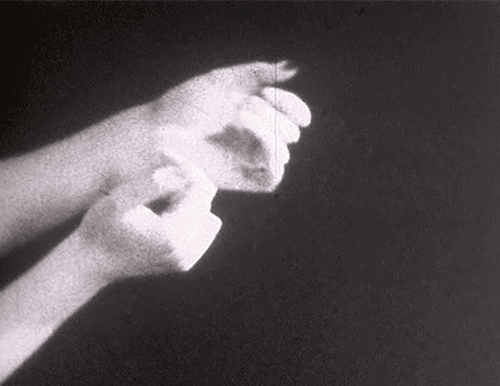The Devotion of Touch
EDITORIAL
writing • personal essay • storytelling • art direction
PUBLISHED IN ‘THE RETREAT NEWSPAPER’ CREATION ISSUE – SEPTEMBER 2024
1. When we think of touch we often think of the hand and that is rightfully so.
Yes, we love brushing ankles underneath a dining table which turns into a flirtatious footsie, making chairs of one another in a field by sitting back to back, a forehead kiss, an earlobe kiss, sex, etc. But the hand is the supreme ruler of touch.
2. I see the veins that travel across the tops of her hands. My heart melts. I see the two sun spots on my left hand (the hand that I drive with). I become aware of my own mortality for a moment. It all feels God-like. Like how you could pick your best friend’s hands out of a million people. Or how my brother and I grasp objects in the same way and how our ring fingers both hyper extend a little bit––these hand mannerisms passed down through familial lines like genes.
3. The hand! The crown prince of our humanly evolution.
Our chimp brethren had longer fingers and longer palms ideal for the power grip that was used for scaling trees in seconds and swinging from branch to branch. We grew the stubbier version with shorter fingers, shorter palms, and thumbs that favored the precision grip, all of which were ideal for working more closely on things or projects directly before us in a way that no other animal had done before.
4. Argued as “nature’s greatest gift to humankind,”¹ the human hand was designed for creation, for when we gained this updated extremity, the artist was born.
They would not only help us better survive, but also help us handle our larger minds as we attempted to understand our existence, move through pain, find the beauty of life, etc.
(as we made art.)
5. In ‘Ayurveda: The Science of Self-Healing: A Practical Guide,’ Dr. Vasant Lad explains that the five universal elements live within each of our five fingers: Ether (thumb), Air (forefinger), Fire (middle finger), Water (ring finger), and Earth (pinky). ² Massaging each finger in that order at the start of your day awakens those elements that all live inside of you, for the hands represent the origin of creation––how things came to be.
The entire universe quite literally lives in the palm of our hand.
6. I hated going to church growing up and I’m not religious but my young hands could feel the sacredness when a wafer was placed in the middle-most part of my palm––a place so rarely touched if you really think about it. This vulnerable area is tender, surprisingly private, and seemingly more sensitive than the finger tips, which supposedly hold 3,000 touch receptors each.
7. As the ultimate location of receiving, the palm swirls with yin energy, dancing with the feminine while the fingers, powerful and penetrating, sparkle with yang energy and lead with the masculine––all in one divine package.
8. Have you ever accidentally brushed a friend’s hand as you walked side by side and felt the sudden jolt of that moment of intimacy? Followed by the shared giggle before you then forcibly lace your fingers together and swing your arms to and fro because clearly the universe was trying to make that happen anyways. Or the honor when a baby’s entire hand grasps onto your thumb. Or the thrill when a crush plays lightly with the tips of your fingers for the first time. Or the thick silence of a teary-eyed conversation where the only thing left to do is hold their hands in yours and/or wipe the tear that found its way to their chin…
9. Hands create intimacy like no other appendage, for they can surpass the realm of the lover and exist in the day-to-day moments of the platonic.
10. Our hands are creators and our touch is a moment of alchemy.
11. When you witness an artist at work, it becomes undeniably clear that hands are the vehicle for the divine to work through us. In ‘The Beauty of Everyday Things’ by Soetsu Yanagi, he heralds the artisan: “They have complete faith in the power of their hands…Their hands appear no longer to be their own but under the sway of some external force.” ¹ Our hands remind us that we are a vessel ready to be animated with the message that we are meant to channel, brought forth into this 3D reality through our own unique touch, whatever it may be. Our hands are the divine reincarnate in us and our touch is an act of creation. When we surrender ourselves to our hands, we allow ourselves to slip into the state of flow where creation unfolds out of us as we remember this was our birthright the moment our palms began to shorten.
12. The conscious mind turns off when the hands begin to channel, which Yanagi refers to as “unconscious devotion.” ¹ Alan Watts supported this humanly phenomenon in ‘The Way of Zen’ when he said “the true mind is no mind.” ³ The hands work best when you allow them to naturally perform, something he calls “non-active functioning.” When we get out of our own way and “let one’s mind alone, trusting it to work by itself,” we become the source of “marvelous accidents” and access our greatest gifts via our touch.
“This ‘peripheral’ aspect of the mind works best when we do not try to interfere with it, when we trust it to work by itself––‘tzu-jan,’ spontaneously, ‘self-so.’” (Watts)
13. All that is required is faith in our touch and devotion to our hands.
14. “It is said that the voice chanting for salvation is no longer that of the believer, but that of Buddha himself. In the same way, the hand of the artisan is no longer his or her own hand, but the hand of nature. The craftsman does not aim to create beauty, but nature assures that it is done. He himself has lost all thought, is unconsciously at work. Just as faith appears of its own accord from ardent belief, beauty naturally appears in works unconsciously created.” (Yanagi)
15. We dance with faith when we create.
16. (Please help me awaken to the inspiration that lives in my bones. Please give me the discipline and compassion required to create what I’m meant to create. Please infuse me with the courage to share my gifts with the world.)
17. I find my hands folded together in front of my chest as I sit before the blank page with my eyes closed. They ended up like that, maybe from my religious upbringing, maybe from worshipping the writing gods for too long. But to fold the hands together in prayer before the heart is no coincidental alignment. Perhaps we are orienting ourselves to connect with the cosmos by creating the physical channel for our art to flow through us. With our crowns as the antenna, our body becomes an energetic pathway for creation that travels from above, down through our hearts, and into our hands, which now tingle with new life that is ready to be birthed into the world.
18. In the surplus of touch, the divine says, “here is a some built-in armor to help you in your devotion to your craft,” and gifts us the callus. Thick and hard due to repeated friction, they are the by-product that comes from the holy act of beating resistance and showing up for your craft again and again––helping runners run for miles, guitarists shred solos, and climbers scale El Capitan-level mountains. As if our bodies begin to mold around our crafts, accepting them as a part of us and making physical accommodations to ensure their comfortable stay.
19. I dream one day of creating an art exhibit of all the different calluses for each craft with the various stages of said calluses––from the pink and puffy of the novice to the thick and hard of the masters. Honoring them all, for calluses are the physical manifestation of discipline, of commitment to a craft, of showing up, of repetitive human touch in devotion to something greater than us. They are the beauty of the worn manifest on a human. They are imperfect and ugly, and beauty salons everywhere will try to buff them off, but their function is profound. They are devotion in 3D form––how could they not be admired nor celebrated? How could they not be cherished?
20. In the adornment of human touch lies The Worn which all hold their own stories:
The crumbled fur and bald spot on your favorite stuffed animal where you always used to grab it and hold it close is the physical embodiment of self-soothing. The trampled down grass that cuts across a yard is the mixture of efficiency with a dash of rebellion. The nearly decaying baby blanket that you had to replace when you were 24 because you kept waking up to little shreds of it all over your bed that you would then save in a plastic baggy is loving attachment in 3D. The underlines, dog ears, and stars of a book are moments of inspiration captured in physical form. The neighborhood coral tree, slick like polished wood from all the kids that have scurried across her limbs, is the evidence of endless play.
(The callus and the worn are sisters.)
21. Through touch, we humans infuse life into the inanimate objects that have become our “trustworthy companions” over the years. ¹ They end up having their own presence and aura––this invisible sheen that signifies when something has become sacred to us. They are amplified by the few stories we have like, ‘this was your grandmother’s locket when she was your age.’ But even if and when these stories are lost, you can still feel the resonant energy of human touch.
22. It is when we experience objects that have been loved so deeply by the hand, adorned time and time again with human touch, that we are forced to ask ourselves, how could they not have a heart? ¹
23. To The Pen of My Lifetime:
You hold my heart in your ink and then let it pour out onto the page as you attempt to dodge the tears that drip from above. You were the first to help me feel the divine living within me as you called in inspiration and channeled the spark from fingers to paper. You are the vehicle for my processing––alchemizing my self-judgement into self-compassion, and helping me meet me, again and again, even at my most lost. You are the divine translator of my touch. You are my closest confidant. And, of course, I love you very much.
24. To The Objects of Our Lifetimes:
Our physical bodies have been lucky enough to dance with you time after time during these ~100 trips around the sun. In the worship of your beauty born from faithful utility, we honor the breadth of our devotion and the always generous touch of the divine.
¹ Yanagi, Soetsu. The Beauty of Everyday Things. 2019.
² Lad, Vasant. Ayurveda: The Science of Self-Healing: A Practical Guide. 1985.
³ Watts, Alan. The Way of Zen. 1957.







